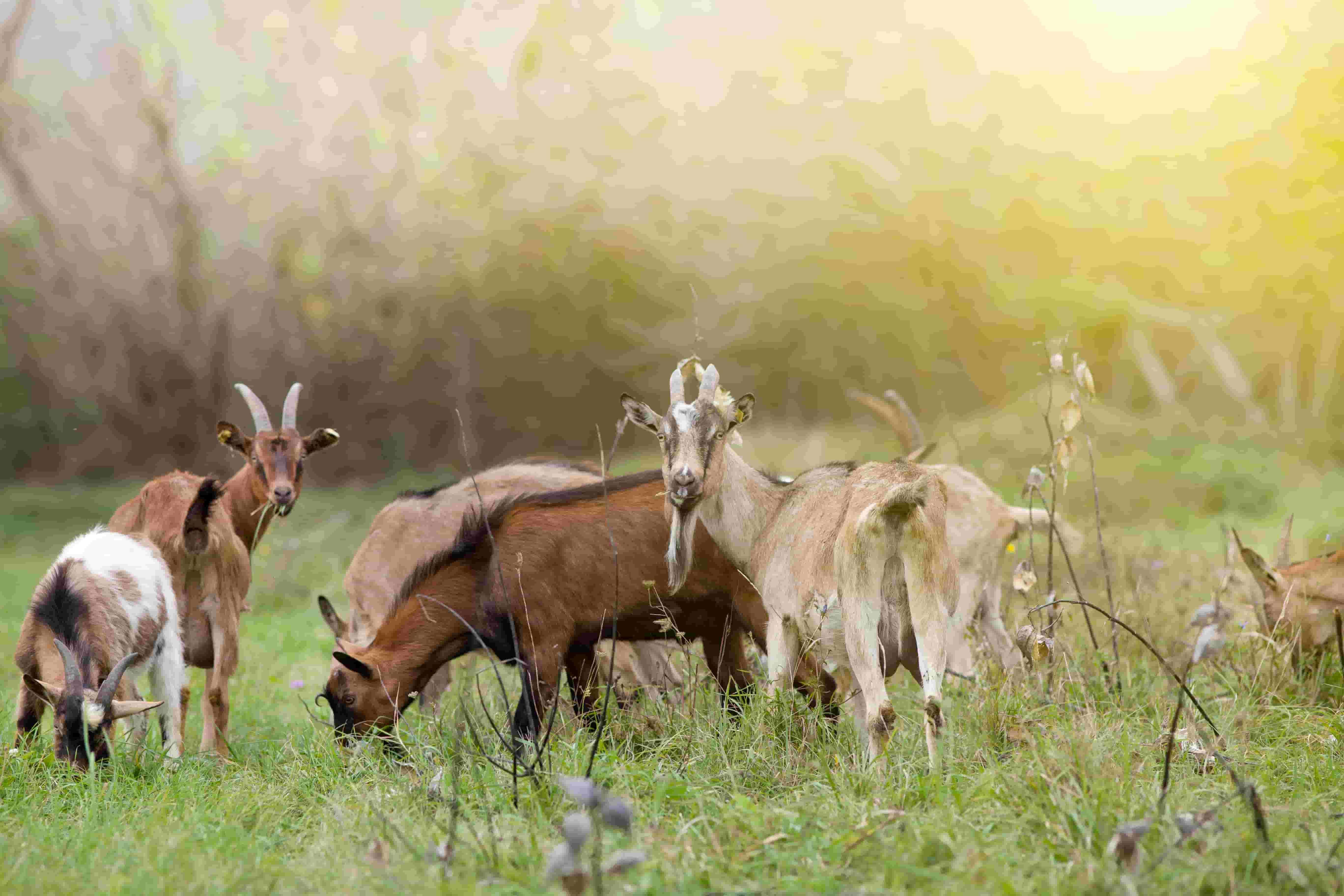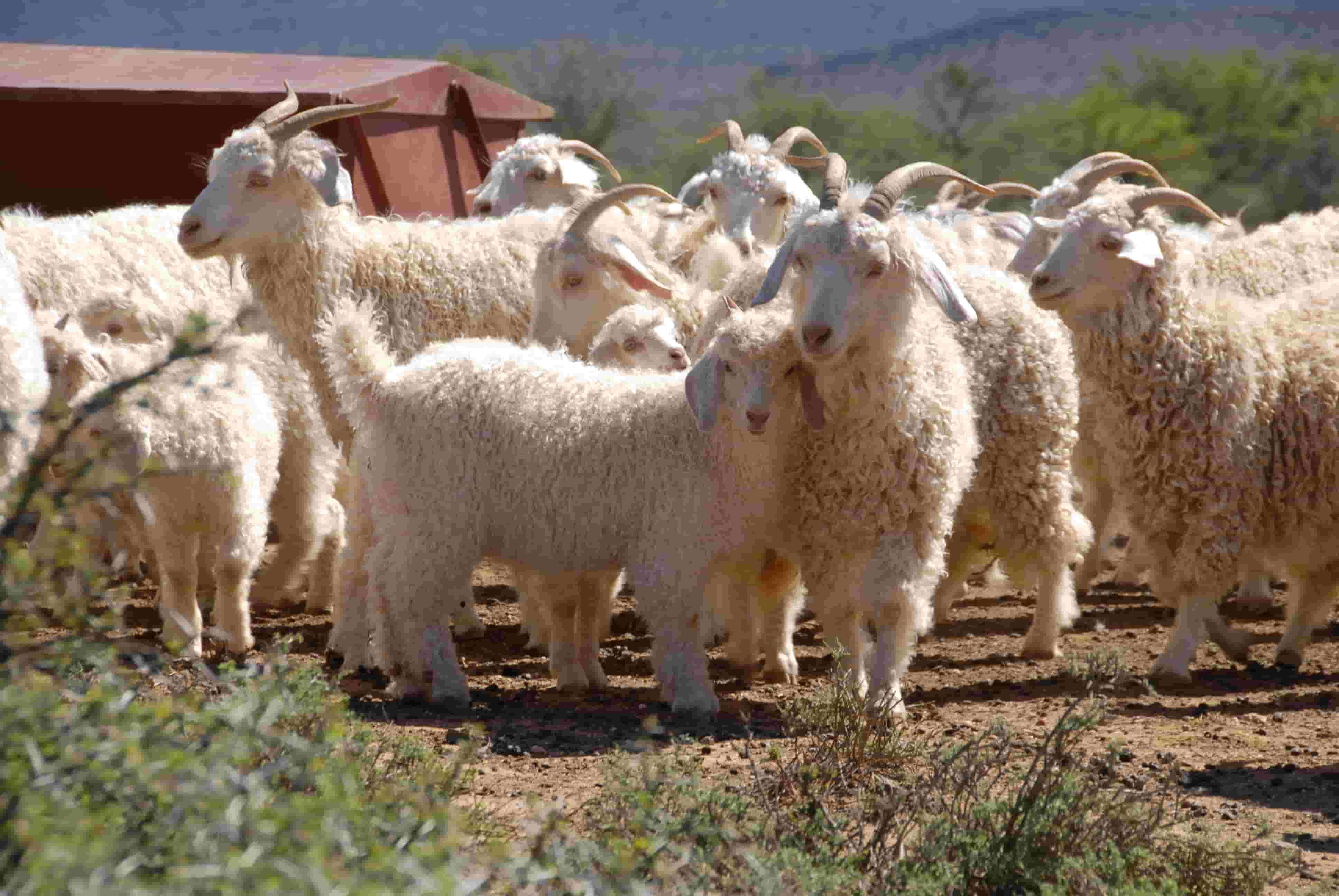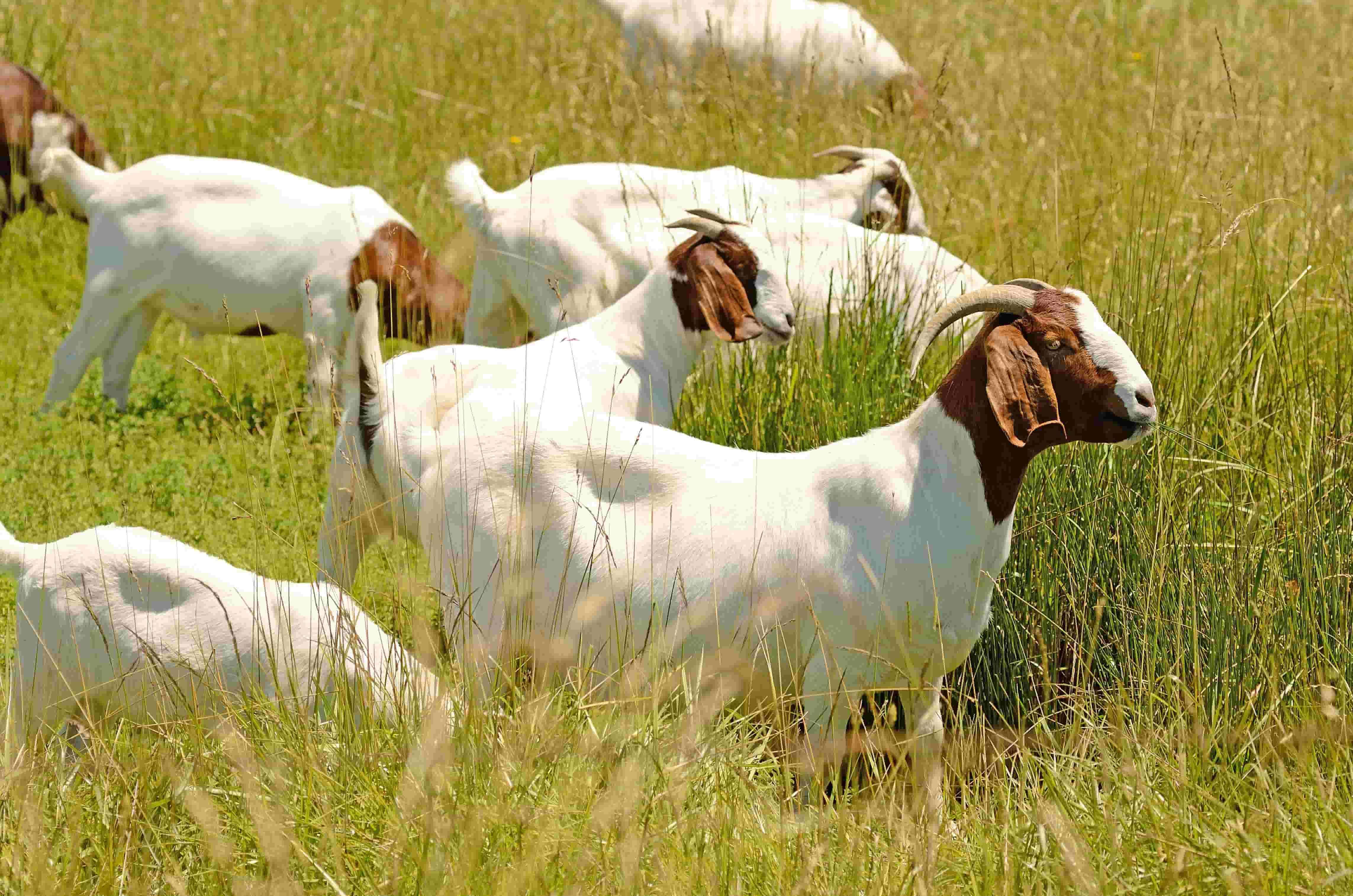Goat Farming
Goat farming is a practice that in some cases can be dated back to 10,000 BC. Along with dogs and sheep, goats are among the first animals to be domesticated. Their meat, ability to produce milk and relatively small size made them a desirable option to transport on ships.
Those traditions continue as goats are still farmed today for their milk, meat, fiber and manure.
Benefits of Goat Farming
- - Starting a goat farm can require low investment costs
- - Because they are generally small, goats don’t require much space to roam
- - Goats are typically friendly and can fit in with the other livestock
- - Male and female goats can sell for the same price
Tips for Starting a Goat Farm
Selecting a proper area to start a goat farm can be a crucial choice in the operation. To ensure the highest amount of success, consider the following when deciding where to have a goat farm:
- Is there fresh and clean water readily available?
- Is there a good food source readily available?
- Is there a market nearby where the goat’s products can be sold?
Having a herd of goats can be great, but knowing which breeds of goats can produce the highest quality products can be a great piece of knowledge. Here are some breeds of goats and their specific qualities.
Alpine Goats

Alpine goats are bred almost exclusively for their milk that in addition to having low fat content, can be made into butter, cheese, soap and ice cream. Does can weigh between 61 and 125kg and will commonly birth twins but are capable at having quintuplets.
Kinder Goats
Kinder goats are a cross between a pygmy and Nubian goat and are bred for their meat and milk. Their milk tends to have a high butterfat content, sometimes reaching higher than 7%. It’s also known for higher amounts of milk solids, resulting in larger amounts of cheese. Despite only reaching about 68kg in size, Kinders are more muscular than some dairy goats, making their meat more desirable.
Angora Goats

Angora goats are known to produce a fiber called mohair that’s used to make different kinds of sweaters. One goat can produce between 4 and 5kg of fleece per year. Because they have such dense coats, they are also more vulnerable to parasites and require high nutritional intake to keep their coats in good condition.
Boer Goats

Boer goats can be considered the most popular breed in North America for meat production. They are long, heavy-boned goats with massive, meaty muscling. Bucks can weigh as much as 350 pounds while does can weigh in at nearly 250 pounds. Does are known to be prolific mothers, able to deliver twins normally and can even produce triplets or quadruplets.
Toggenburg Goats
Toggenburg goats are bred for their dairy production. One Toggenburg doe holds the Guiness record for most milk production in a year – nearly 1,140 gallons. Many Toggenburgs are capable of milking without re-breeding and lactation periods of between 18 and 20 months. This breed of goat also prefers to be in cooler climates.
Keeping Goats Safe
It’s important to keep your goats safe to ensure their health, happiness and quality of milk production. Some of the most common predators of goats include feral dogs, coyotes, ravens, cougars, bears and wild pigs.
Some common animals used to protect goats include Great Pyrenees, Anatolian and Maremma breeds of dogs, female donkeys and even llamas.
Feeding Goats
Goats tend to eat 2-4 pounds of hay per day along with different kinds of grain and the grass that’s on the farm. They will also eat bushes and trees and because of their curious nature may even nibble on poisonous plants. Be mindful of what the goat eats because it could change the taste of the goat’s milk.